Part 1: Realizing the dream of high-speed railway
With a design speed of up to 350 km/h, when put into operation, the high-speed railway on the North-South axis will not only shorten travel time between major cities, but also stimulate regional economic growth, reduce emissions, and reshape the national transport network. Therefore, investing in the North-South High-Speed Railway Project is an important and urgent strategy for the country's development.
Economic development lever
On November 30, 2024, at the 8th Session, the 15th National Assembly officially voted to approve Resolution No. 172/2024/QH15 on the investment policy of the North-South High-Speed Railway Project. The project's objective is to build a modern, synchronous high-speed railway line, meeting transportation needs, creating an important driving force for rapid and sustainable socio-economic development, promoting the advantages of the North-South economic corridor, ensuring effective connection between the East-West corridors and countries in the region, associated with ensuring national defense, security and international integration. The project also plays an important role in environmental protection, responding to climate change, promoting the industrialization and modernization of the country, contributing to realizing the goals and tasks according to the Documents of the 13th National Congress of Delegates and resolutions of the Party.
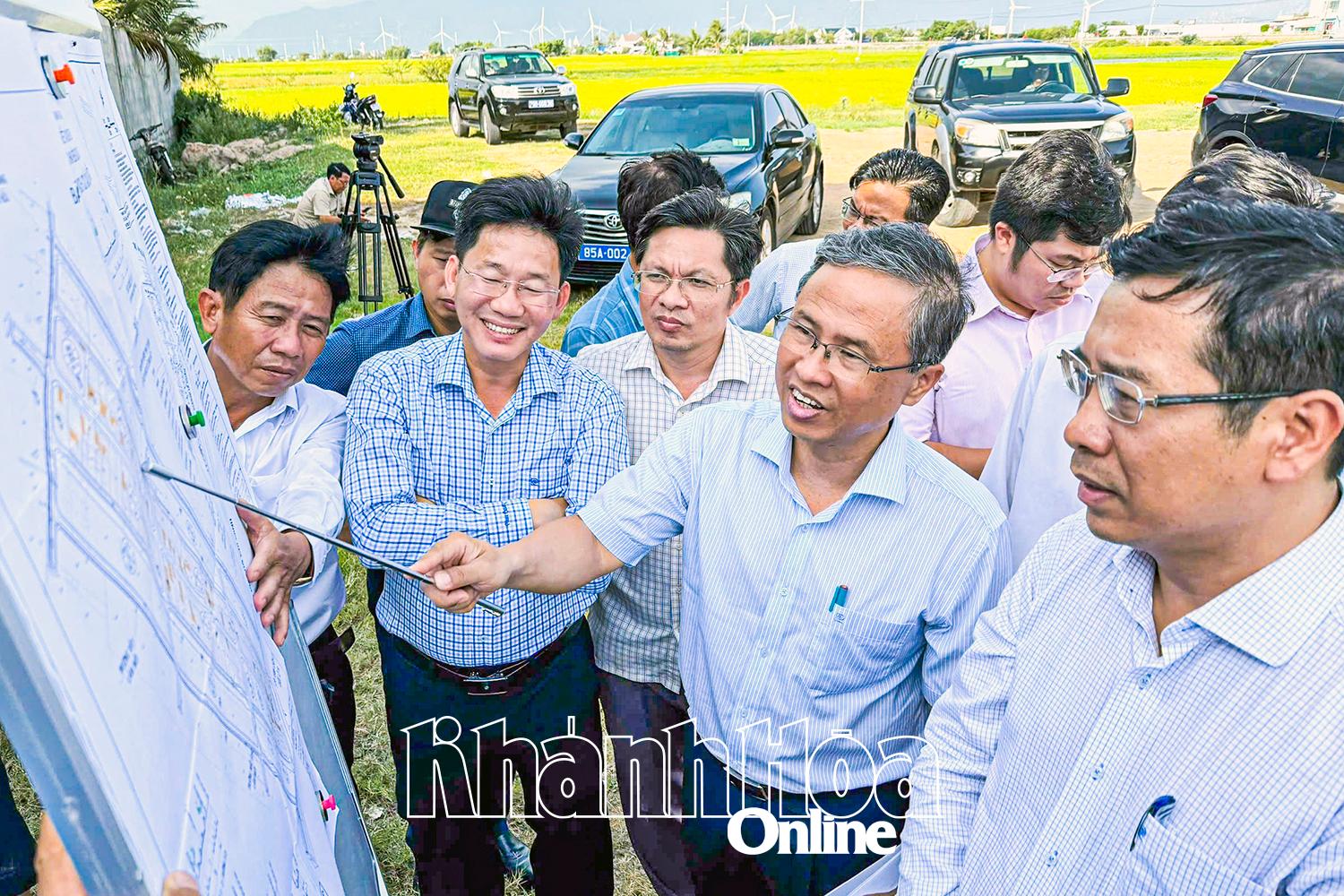 |
| Comrade Tran Hoa Nam - Vice Chairman of the Provincial People's Committee inspected the locations of resettlement areas serving the North-South High-Speed Railway Project in the southern region of the province. |
To implement Resolution No. 172/2024/QH15 of the National Assembly, on April 23, 2025, the Government issued Resolution No. 106/NQ-CP on the Plan to implement the investment policy of the North-South High-Speed Railway Project. Accordingly, the Government plans to start the project in December 2026 and complete it in 2035. Specifically, hand over preliminary documents on site clearance boundaries, review the resettlement volume of the project based on preliminary design documents in the feasibility study report in March 2025 (completed); implement the construction of resettlement areas from March 2025 to December 2026; implement the work of inventory, develop compensation, support and resettlement plans from March to December 2026; Carry out compensation, support and resettlement work from June 2026 to June 2028.
Applying specific mechanisms and policies
According to the report of the Department of Construction, the North-South High-Speed Railway Project passing through the province is about 191.8km long, passing through 25 communes and 4 wards, with the starting point in Dai Lanh commune (bordering Dak Lak province), the ending point in Phuoc Ha commune (bordering Lam Dong province). The entire route through the province is arranged with 3 stations, including 2 passenger stations (Dien Khanh station, Thap Cham station) and 1 cargo station (Ninh Hoa station) to connect and transfer goods with Van Phong Economic Zone. The entire route has 4 maintenance stations located in the communes: Tu Bong, Cam An, Xuan Hai and Phuoc Ha.
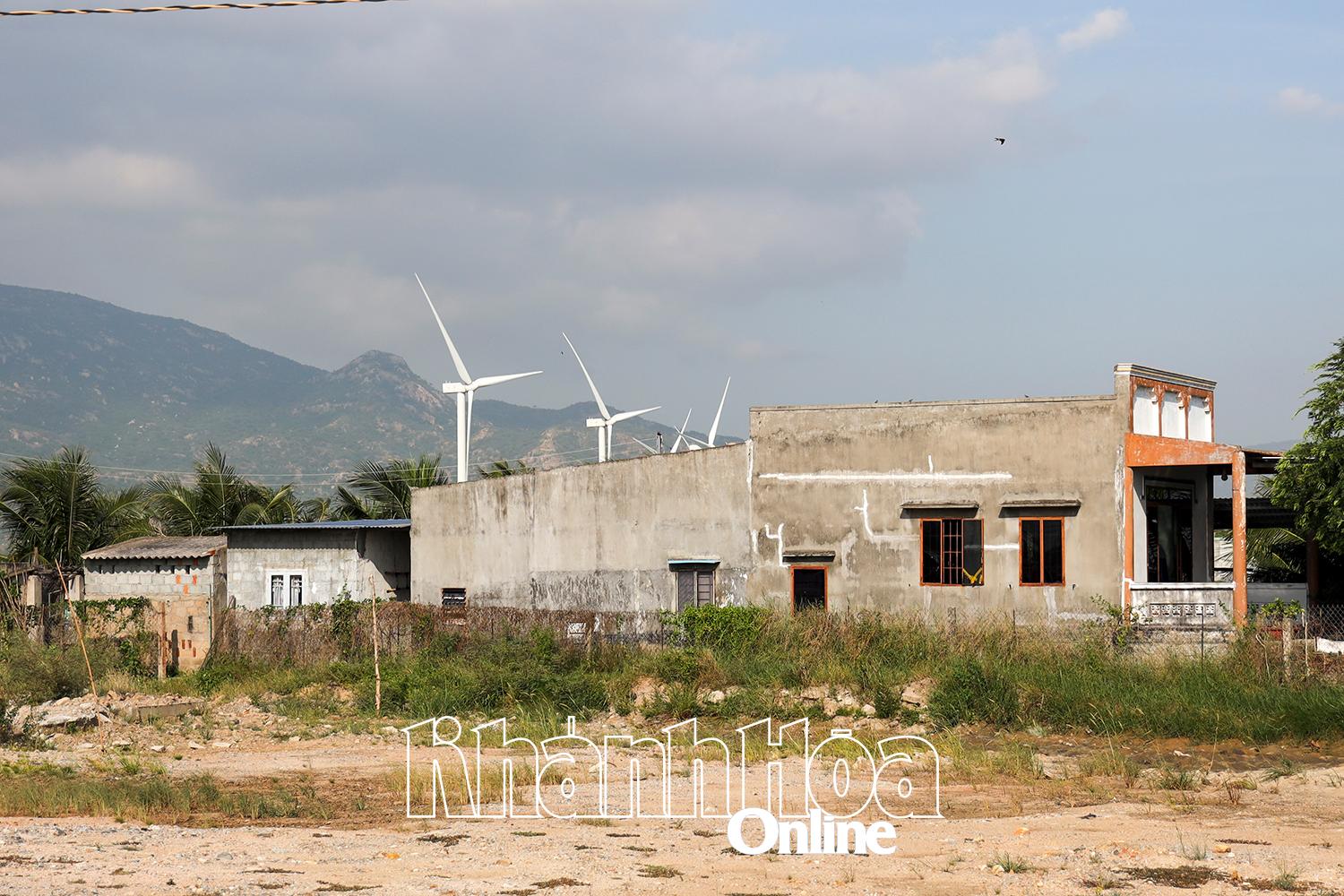 |
| The planned resettlement area for the project is in Thuan Bac commune. |
According to Mr. Nguyen Van Vinh - Deputy Director of the Department of Construction, through statistics and review based on the preliminary design documents approved under Resolution No. 172/2024/QH15 of the National Assembly, the whole province has a total area of 2,134 hectares, 5,467 households and 36 organizations affected by the project; there are 1,829 households needing resettlement. Recently, the Department of Construction has coordinated with departments, branches and localities to review, inventory and determine to arrange resettlement for affected households in 31 areas, including 13 existing resettlement areas (with built infrastructure) and 18 newly built and expanded resettlement areas. The total construction and expansion area of resettlement areas is about 100 hectares, with an estimated cost of 1,744.37 billion VND.
The North-South High-Speed Railway Project has a total length of about 1,541km, starting at Ngoc Hoi Station (Hanoi) and ending at Thu Thiem Station (Ho Chi Minh City). The project passes through 15 provinces and cities. The project has a new investment scale for the entire double-track line with a gauge of 1,435m, a design speed of 350 km/h, a load capacity of 22.5 tons/axle, with 23 passenger stations and 5 freight stations. The preliminary land use demand is about 10,827 hectares, with a total investment of about 1,713,594 billion VND (equivalent to 67.34 billion USD).
It is known that the North-South High-Speed Railway Project applies specific and special mechanisms and policies (including 19 policy groups) to ensure feasibility and accelerate implementation progress, mobilize investment resources, decentralize investment, train human resources, and develop industry. Accordingly, during the implementation of the project, the Prime Minister is allowed to decide on a number of issues such as: Issuing government bonds to supplement the annual investment estimate and plan for the project in case the annual state budget estimate does not meet the progress; mobilizing official development assistance (ODA) capital and foreign preferential loans to implement the project and not having to prepare a project proposal using ODA capital and foreign preferential loans and applying the regulations of foreign donors in case Vietnamese law does not have regulations or has regulations but is different from the regulations of foreign donors. At the same time, the annual central budget revenue increase and expenditure savings (if any) and other legal capital sources may be used in cases where the annual state budget estimate does not meet the schedule. The use of the annual revenue increase and expenditure savings does not have to follow the order of priority prescribed by the law on the state budget.
In addition, the North-South High-Speed Railway Project is allocated capital through medium-term public investment planning periods. The capital allocated for each period is consistent with the project's progress and does not limit the project's capital transfer to the next medium-term public investment planning period. The Prime Minister decides to adjust the medium-term and annual public investment plans among ministries, central agencies and localities to allocate capital for the project...
VAN KY
Part 2: Urgent construction of resettlement areas
(Continued in Khanh Hoa Newspaper, Sunday, October 26, 2025)
Source: https://baokhanhhoa.vn/kinh-te/202510/xay-dung-duong-sat-toc-do-cao-tao-dong-luc-phat-trien-eb532eb/


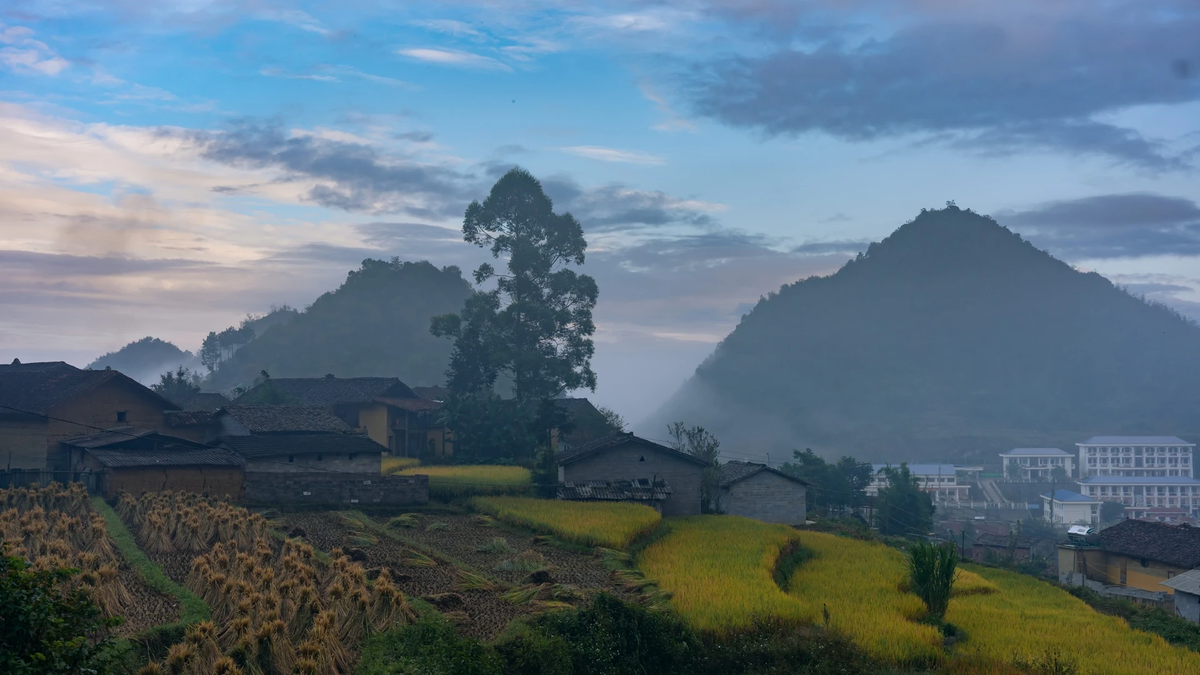
![[Photo] Prime Minister Pham Minh Chinh meets with South African President Matamela Cyril Ramaphosa](https://vphoto.vietnam.vn/thumb/1200x675/vietnam/resource/IMAGE/2025/10/23/1761226081024_dsc-9845-jpg.webp)

![[Photo] President Luong Cuong holds talks with South African President Matamela Cyril Ramaphosa](https://vphoto.vietnam.vn/thumb/1200x675/vietnam/resource/IMAGE/2025/10/23/1761221878741_ndo_br_1-8416-jpg.webp)

![[Photo] Prime Minister Pham Minh Chinh chairs meeting on railway projects](https://vphoto.vietnam.vn/thumb/1200x675/vietnam/resource/IMAGE/2025/10/23/1761206277171_dsc-9703-jpg.webp)


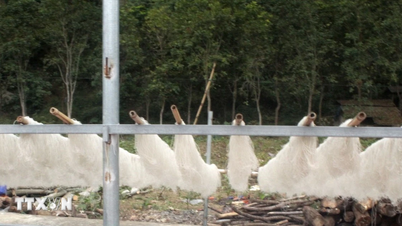



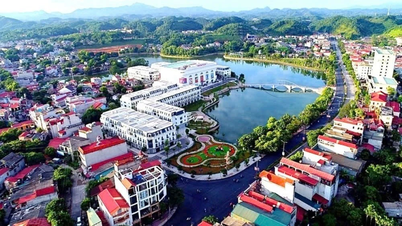









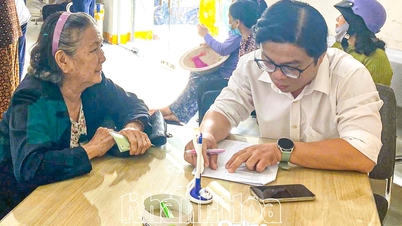

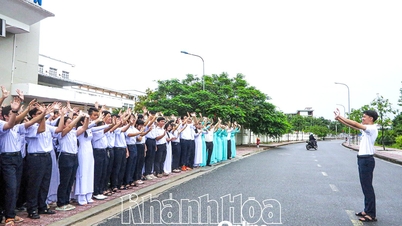
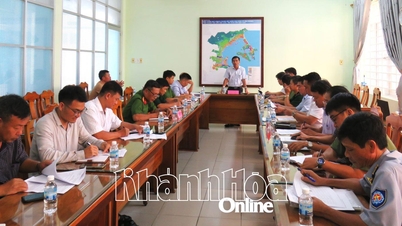
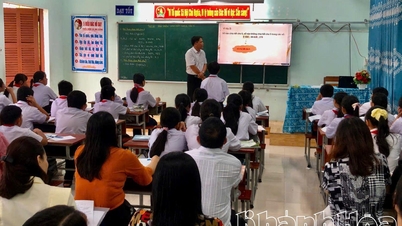












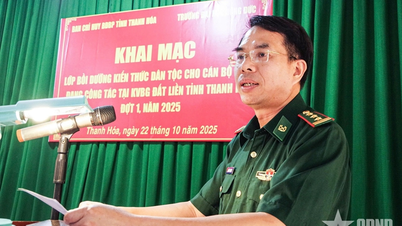



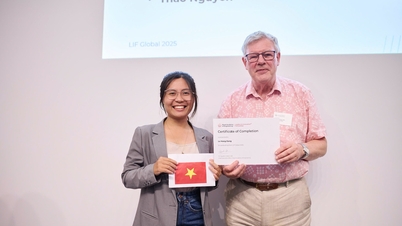




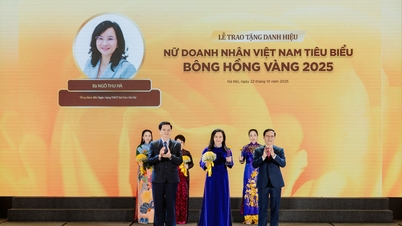















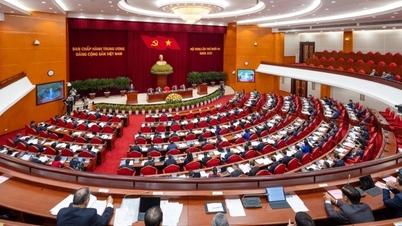

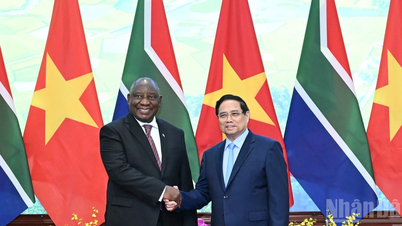
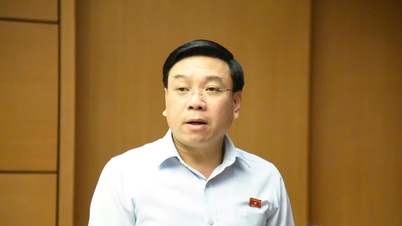

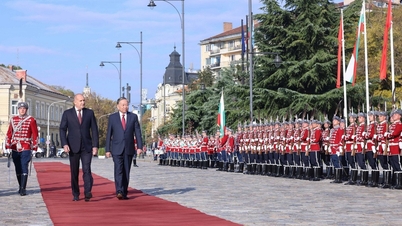



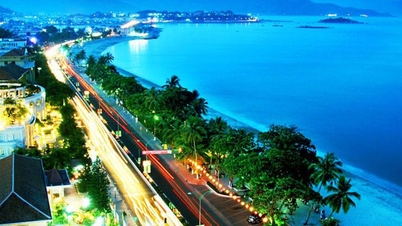
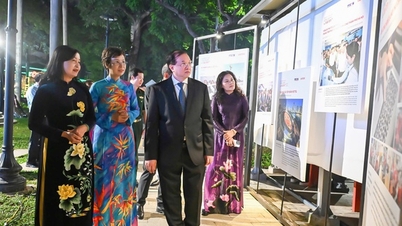
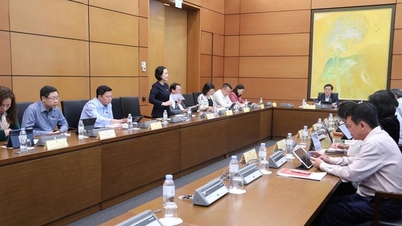
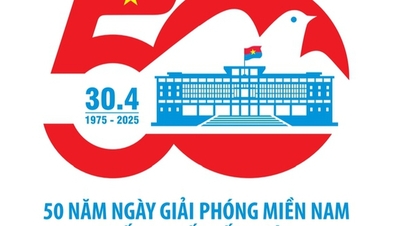

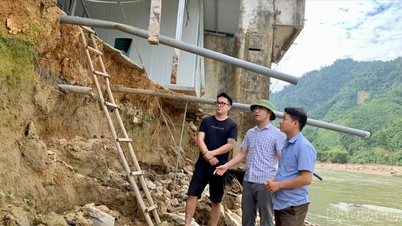
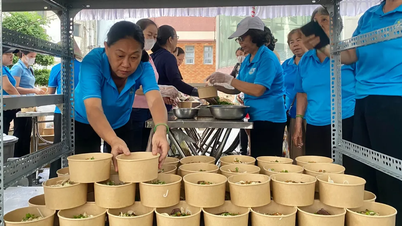



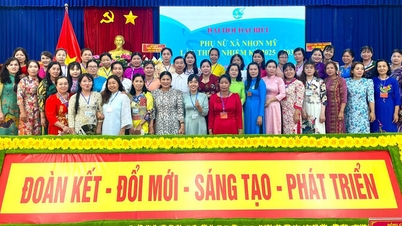

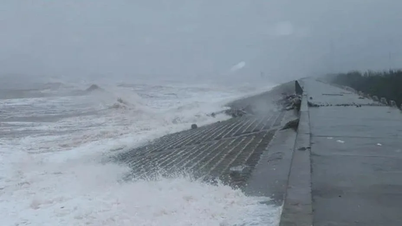














Comment (0)